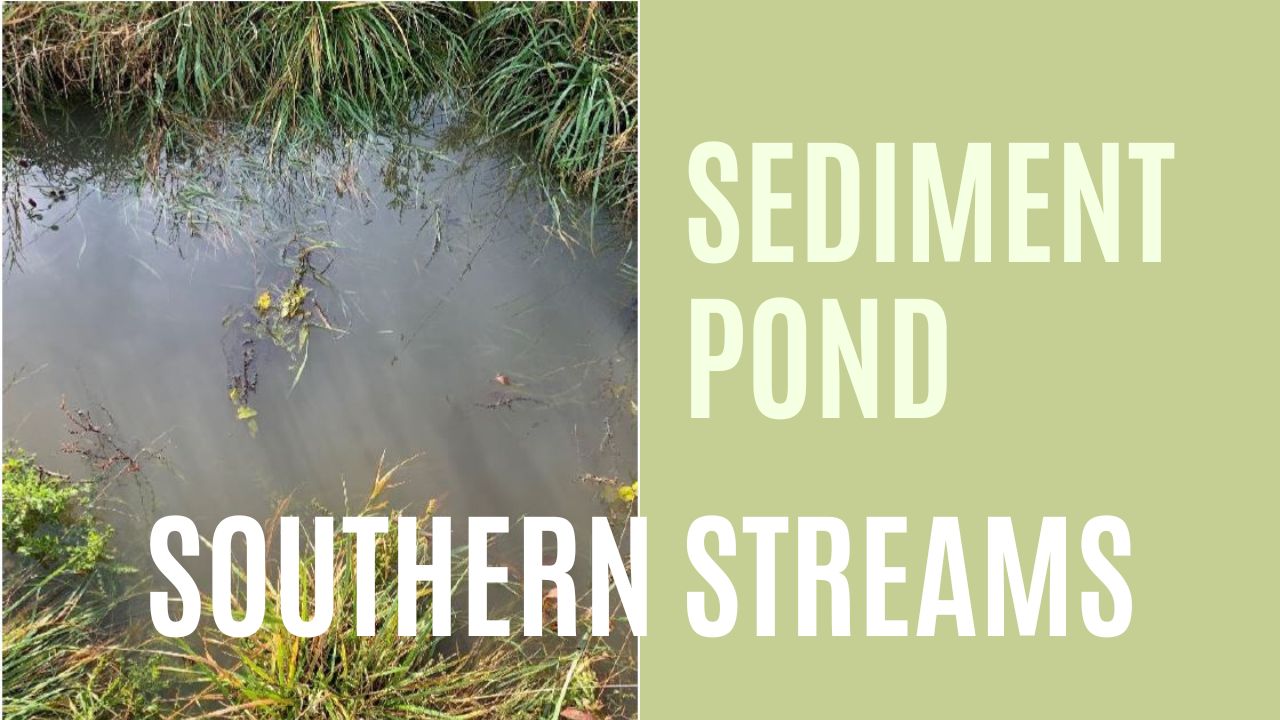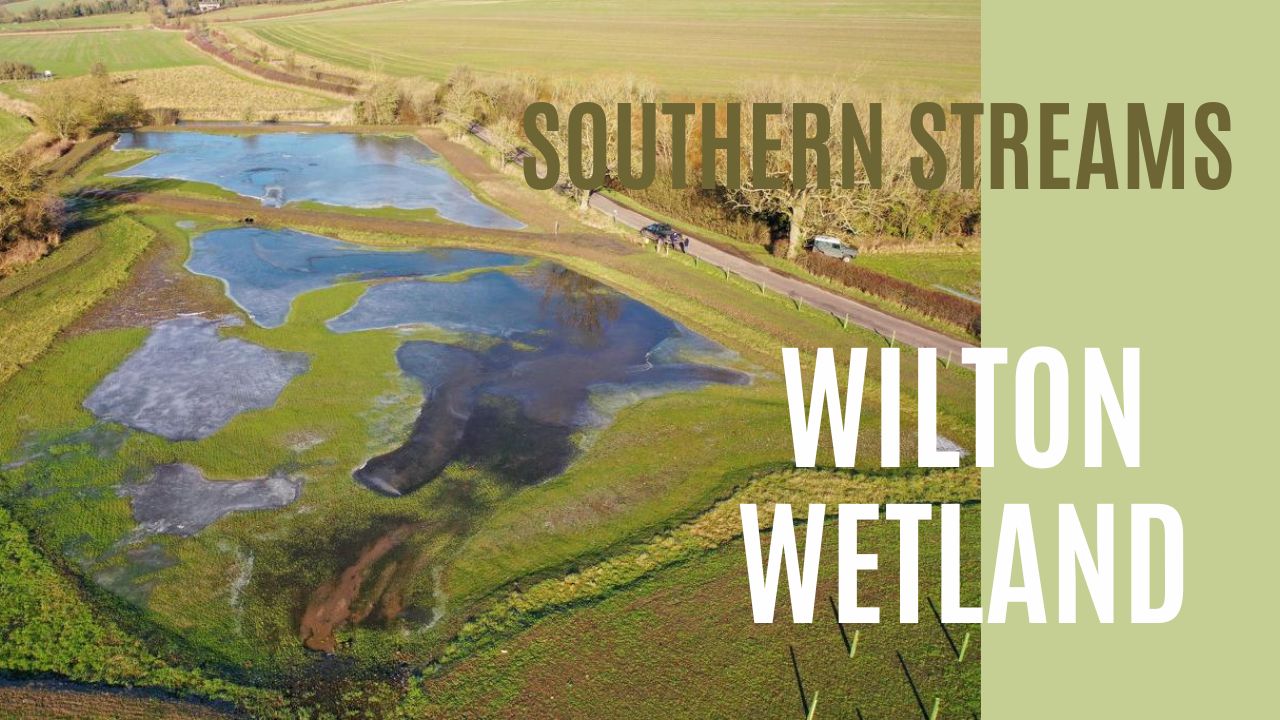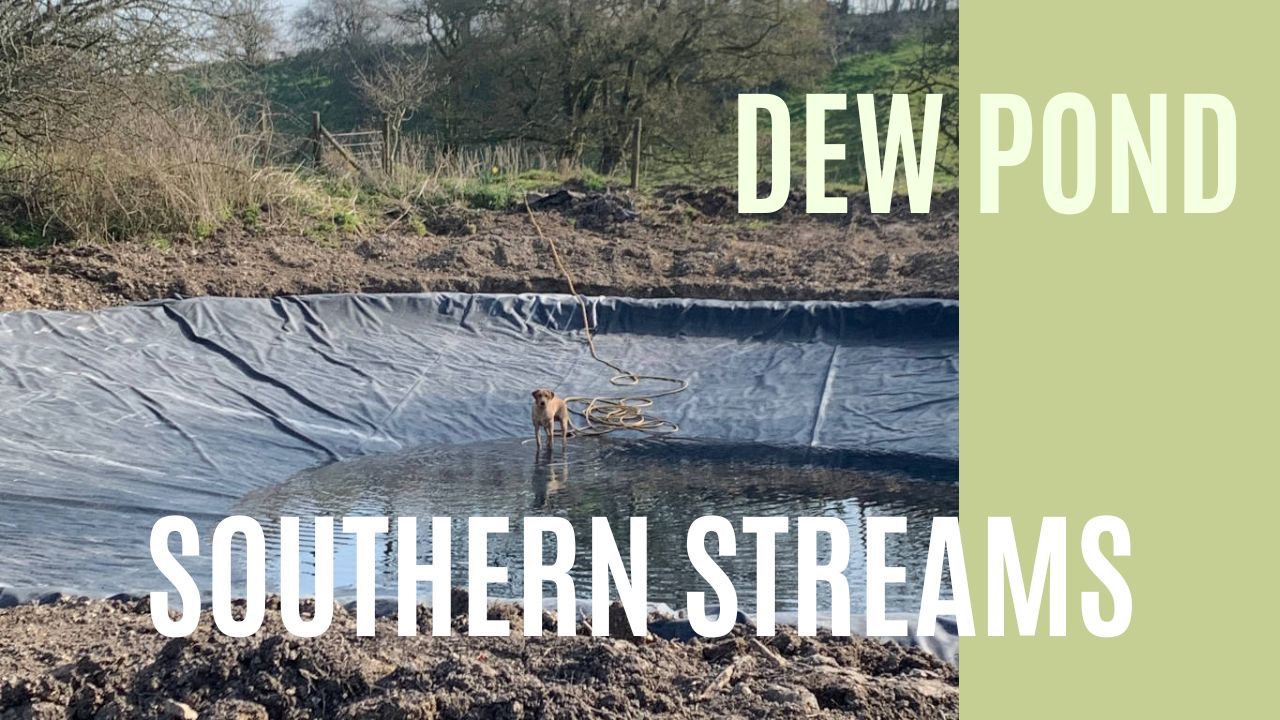Member Article
Sediment Ponds

3 years ago, during a very wet February, we dug 3 sediment ponds along a ditch that feeds into our village pond. The pond feeds the lake and the lake feeds the river Dun.
There were two reasons for doing this:
- The village occasionally floods and in 2016 six houses woke to find that Santa had delivered a foot of water and sludge into their homes on Christmas eve rather than an early stocking filler.
- In intense periods of heavy rain, the pond would turn brown with silt, washed down stream off farmland and eventually out into the Dun.
Our Design
We dug a reservoir for the water and then put a thick woody dam in the ditch line. The water backed up against the dam and started to back fill the ditch. Five metres back from the dam we put and entry point into the sediment pond with a low entry point (about half the depth of the ditch). We put a spillway at the end of the pond with a high exit point (about 5cm below the height of the top of our woody dam). The idea is that the water backs up and floods into the pond. It is trapped here until the pond is full and it leaves slowly through a spillway back into the ditch.
The photo on the left shows the state of the sediment pond on Friday 2nd October, just as it started to rain. We had 112 mm of rain over the weekend at by Monday 5th October this is how the pond looked -
Without a doubt, four and a half inches of rain in 2 days would have caused flooding within the village. Rather kindly, I had the message below from a person in the village whose garden and drive at times have suffered from flooding.
The second part of the story is the colour of the water coming in and the water leaving.
Silty brown water in the ditch as it enters the sediment pond
Crystal clean water as it leaves the spillway and returns to the ditch
There are a further 2 ponds downstream which help filter and slow the water in the same fashion in order to reduce the risk of flood and soil sediment getting to the river.


